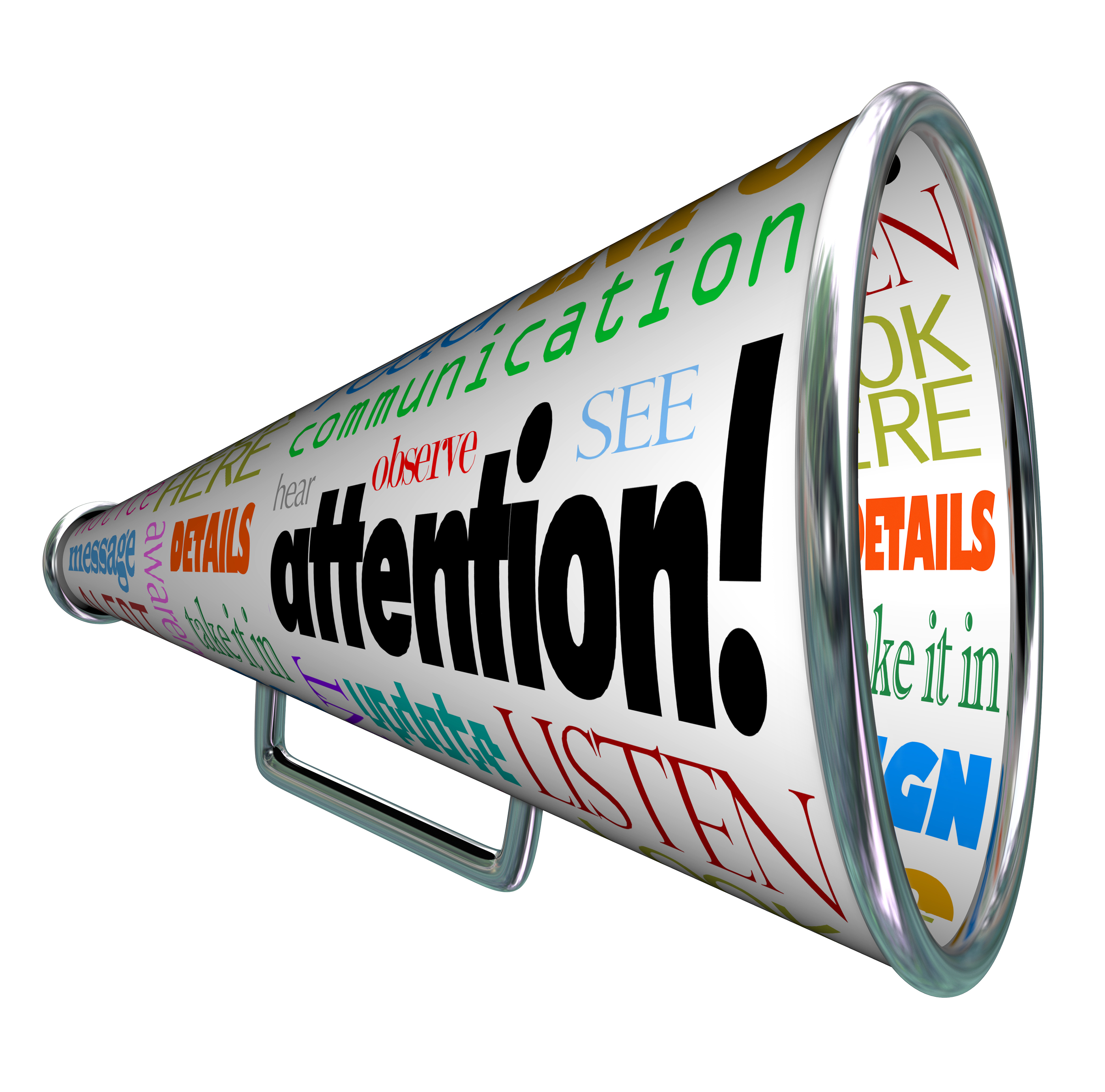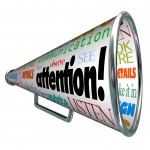
Communication failures are common in industry and government. In many cases the poor communication stems from a lack of knowledge by managers, supervisors and team leaders in how communication works in the human brain. A result of this poor understanding is lower levels of productivity than is otherwise possible.
Communication models suggest that problems in communication are as much about listening as they are about speaking. It is not only the receiver who needs to listen well, but also the speaker.
A common theme amongst modern communication models is that people filter, interpret, attach meaning and significance to what they hear based on their thinking styles, their life experiences, their relationship with the speaker and their emotions at the time of hearing the communication. Their response is based on this complex series of mental interactions which may only take a few seconds.
Most of us have experienced the feeling that a speaker we listened to was from another planet. For example, whilst waiting for the big picture to be painted all we heard was detail, detail, detail. Or all we heard was high level generalities with no detail as we wait patiently to relate what they are saying to what we actually do, day to day. In either case we are probably experiencing a filtering and possibly a rejection of the messages which are sent that do not fit our thinking style, our previous experiences or our current state of emotion.
We each have different dominance of one or more of four thinking styles which can be described in very short form as liking to think about things in terms of facts, the whole picture, orderly detail or emotion, respectively. Consider that we have a dominant thinking style which is right cerebral, wanting the big picture and the possibilities, not the detail and we are listening to a conversation developed by a dominant left limbic thinking style which prefers ordered, sequential detail. It is quite conceivable that we will filter what we hear.
When we receive messages filtered by our thinking style, our brain interprets the message based on our past experiences and other non verbal cues. Body language has more of an influence on how we interpret the filtered words than the words themselves. For example, we interpret, “I need to speak with you” accompanied by a soft hand on a shoulder very differently to when it is accompanied by a rigid posture with feet planted at shoulder height width and a steely eyed stare. Most young adults also have had enough experience for the words “We can still be friends” to have only one interpretation, no matter how it is said.
Having interpreted the filtered message, our brain determines how we should respond by attaching a meaning and significance to the message we received. We will feel some emotion varying from boredom to high interest and excitement, from happiness to anger. Our brain will determine, based on what our relationship and past experience has been with whom we are speaking, what is an appropriate emotion to feel. Our response to what we have heard will be altered based on the appropriateness of the emotion. For example, how we respond to some mild criticism is very different if the speaker is our mother, boss, life long friend and confidante or fierce competitor.
The response to a communication which we have filtered and interpreted based on our emotions and experiences is encoded by our brain and delivered as a combination of verbal and non verbal cues.
The resultant response can be unexpected if, for example, the meaning we attached to a message was considered an attack on our character. Badly formed critiques of a performance often seem to be a criticism of our character with the significance attached being associated with our career. Given that our career is often tied directly with our financial security, a defensive response can be expected.
The role of the speaker is to look for the tell tale verbal and non verbal responses, which tell them that we have attached a meaning and a significance which was not intended. In the above example the cues are usually easy to see and hear. We will see a defensive posture and we may hear a loud or a completely muted withdrawn response.
The role of the speaker when we are clear that we have been misunderstood is not to press the point but to ask questions to determine what meaning and significance has been attached. Too often though, we are not given the luxury of very obvious cues. The role of the speaker does not change however. If the communication is important, we must ask questions to ensure that the meaning and significance of the message has survived the filtering and interpreting process.
Speakers who want to be understood must be good listeners.






